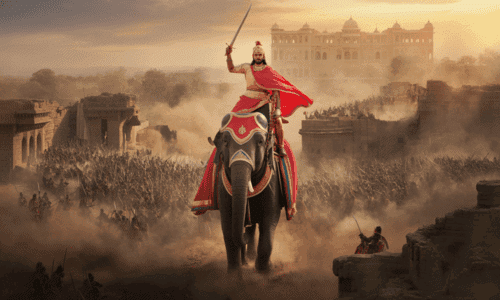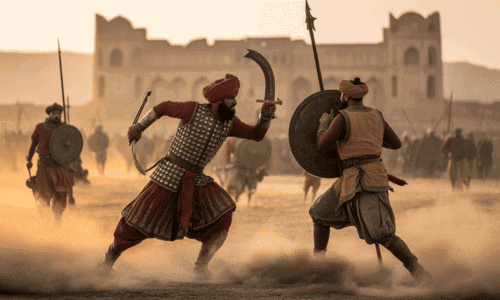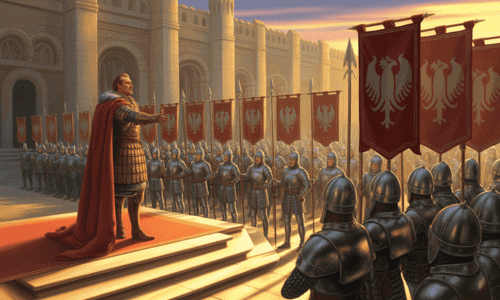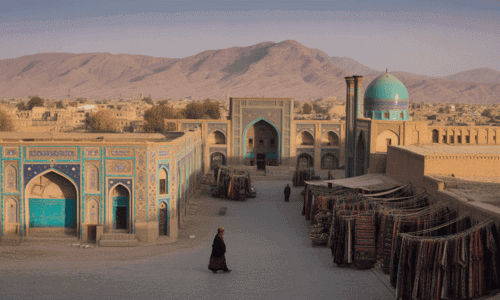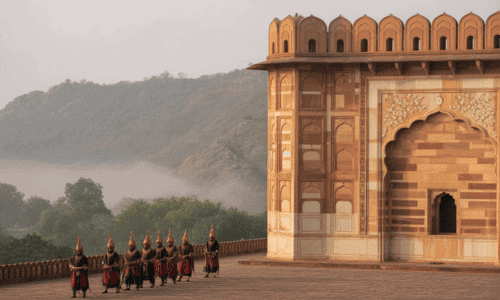|
The founder of the Mughal Empire in India, Babur, was related to which two historical figures? |
Card: 1 / 36 |
|
Babur declared his wars against Ibrahim Lodi and Rana Sanga as ___ and assumed the title of ___ after his victories. |
Card: 3 / 36 |
|
True or False: Babur defeated Ibrahim Lodi in the First Battle of Panipat in 1526. |
Card: 5 / 36 |
|
True or False: Humayun was defeated in the Battle of Kanauj, which led to the establishment of the Sur dynasty. |
Card: 9 / 36 |
|
Humayun's biography 'Humayun Namah' was authored by his ___ and is written in a mixture of ___ and ___ languages. |
Card: 11 / 36 |
|
The administrative divisions established by Sher Shah were known as ___, each headed by a Chief Shiqdar and Chief Munsif. |
Card: 13 / 36 |
|
True or False: Sher Shah introduced a new currency called 'Rupiya' which remained in circulation until 1835. |
Card: 15 / 36 |
|
Land revenue system enhanced stability.
|
Card: 18 / 36 |
 Unlock all Flashcards with EduRev Infinity Plan Starting from @ ₹99 only
|
|
Akbar's taxation reforms promoted equality.
|
Card: 20 / 36 |
|
True or False: The title of Nur-Jahan was given to Mehr-un-Nisa after her marriage to Jahangir. |
Card: 25 / 36 |
|
True or False: Shah Jahan spent the last years of his reign in luxury and power. |
Card: 29 / 36 |
 False. He spent the last 8 years of his life in prison after being overthrown by his son Aurangzeb. |
Card: 30 / 36 |
|
Aurangzeb's annexation of Marwar in 1678 caused a significant rift in the ___ – ___ alliance. |
Card: 31 / 36 |
|
The decline of the Mughal Empire accelerated after the invasion of ___ in 1739. |
Card: 33 / 36 |
|
Fill in the blank: Bahadur Shah I was known for his ___ policies towards Hindus after ascending to the throne. |
Card: 35 / 36 |





